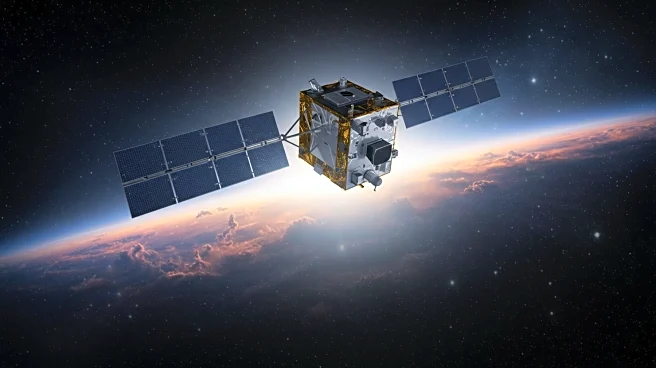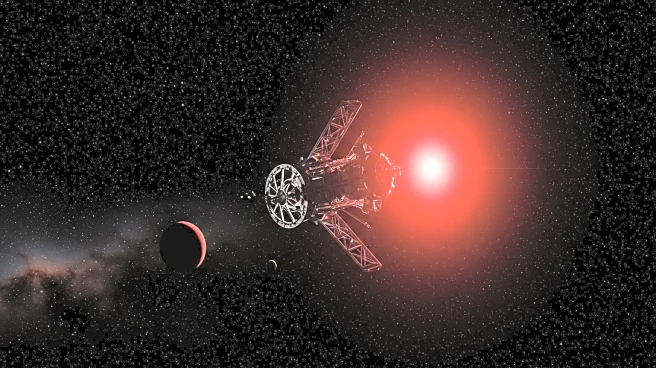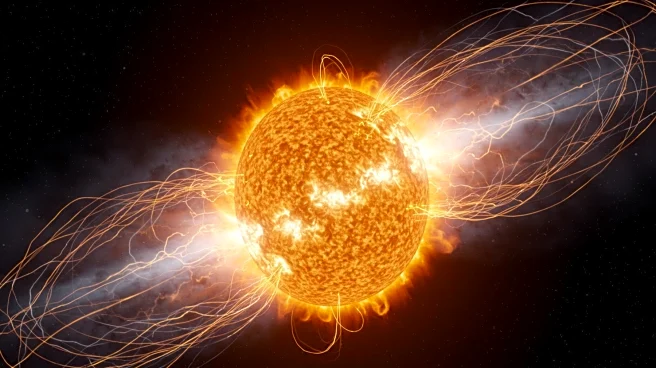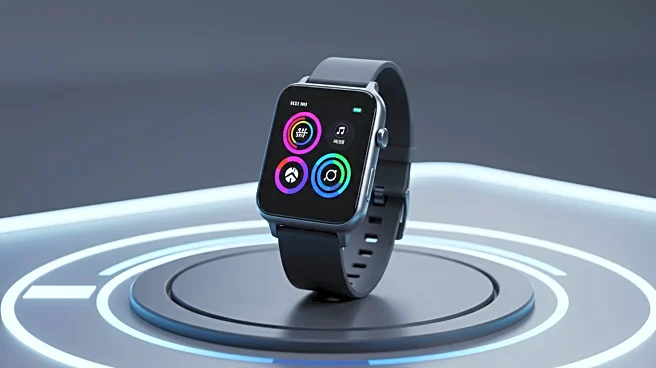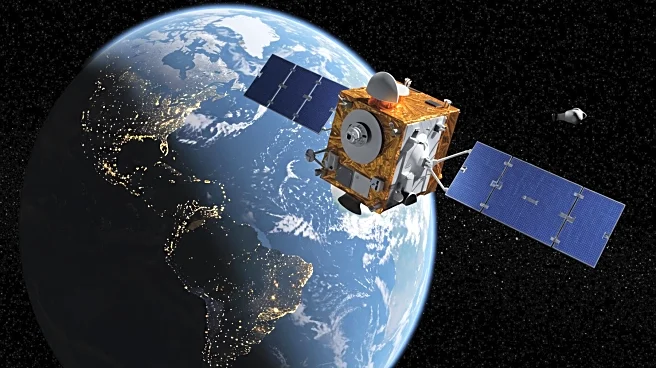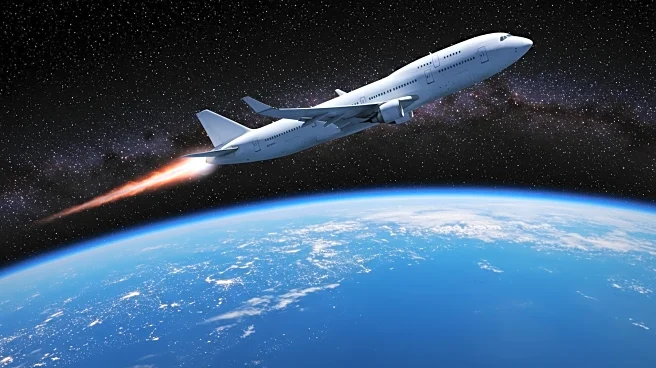What is the story about?
What's Happening?
A recent study has found that climate pollution is making GPS and communications satellites more susceptible to damage from solar storms. The increase in carbon dioxide levels in the upper atmosphere is causing the air to become less dense, which, when combined with geomagnetic storms, can lead to rapid changes in atmospheric density. These changes pose risks to satellite operations, potentially affecting their speed, altitude, and lifespan. The study highlights the growing dependency on satellite networks for various applications, including internet access and navigation.
Why It's Important?
The vulnerability of satellites to solar storms has significant implications for global communications and navigation systems. As the atmosphere becomes less dense due to climate pollution, satellites may experience less drag, potentially increasing their lifespan but also contributing to space debris. This could lead to disruptions in critical services and increased costs for satellite operators. The findings underscore the need for satellite designs to account for changing atmospheric conditions due to climate change, ensuring resilience against future geomagnetic storms.
What's Next?
Satellite manufacturers may need to revise their designs to accommodate the anticipated changes in atmospheric density. This could involve developing new technologies to enhance satellite durability and performance during solar storms. Additionally, international collaboration may be necessary to address the growing issue of space debris and ensure the sustainability of satellite operations.
AI Generated Content
Do you find this article useful?
